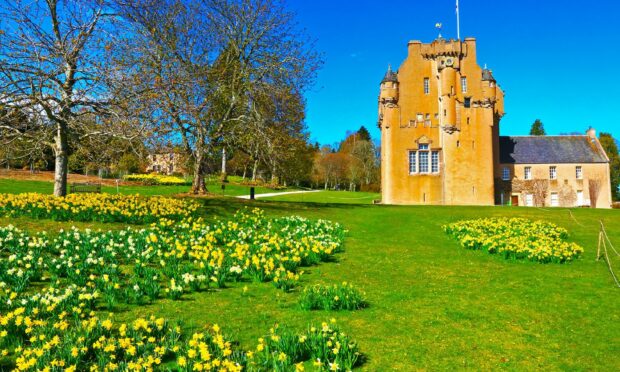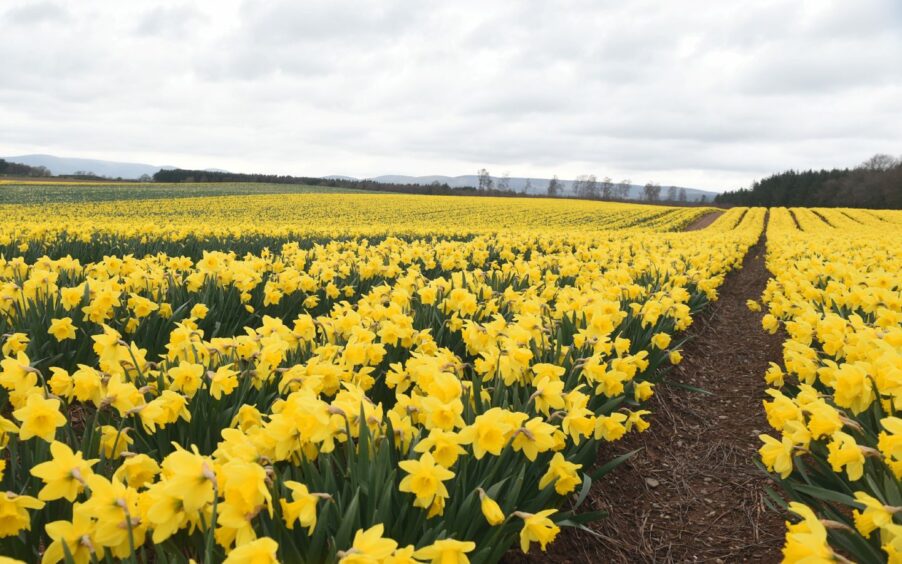It might feel like we’ve hardly started the year, but here we are and March is almost over.
The start of March marked the end of the coldest winter days and the beginning of spring, according to the meteorological calendar.
March is also the month that the clocks will go forward, bringing an end to the dark afternoons we’re used to over winter.
Bring on the light nights
Back in December, we were barely seeing seven hours of daylight, with the sun setting at 3.25pm on the shortest day.
One perk of the darker days was all the magnificent sun rises and sunsets 2022 has delivered.
But come the end of this month and we will be hitting 13 hours of daylight, with the sun not setting until 7.45pm.
In London, the sun will be setting 15 minutes earlier at 7.30pm.
That discrepancy only gets more pronounced as the days go on, and by the longest day in June the north of Scotland sees around an hour and 20 minutes more daylight than the south coast of England.
Spring begins but when do the clocks change?
In the UK, the clocks always change on the last weekend of March, which this year falls on Sunday, March 27.
At 1am the clocks bounce forward by one hour – so you lose an hour in bed but it’s worth it for the extra daylight in the evening.
Spring is officially deemed to start the week before this, on March 20 during the spring equinox.
This is different from the meteorological spring which is widely recognised by meteorologists across the Northern Hemisphere as beginning on March 1.
The difference between the two is that the astronomical spring (beginning March 20) is based on the angle of the sun and can change dates slightly each year.
Meteorological spring (beginning March 1) is instead based on the annual temperature cycle and will always begin on this date.


